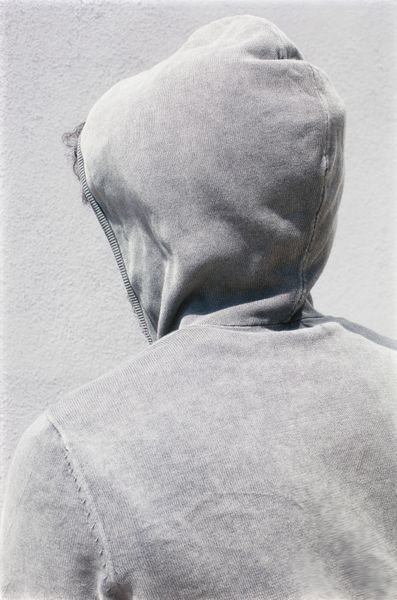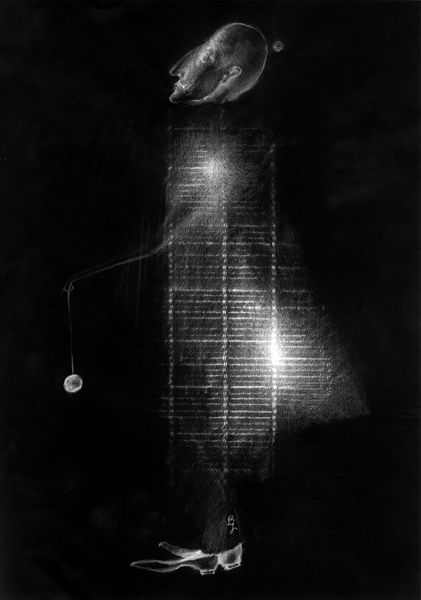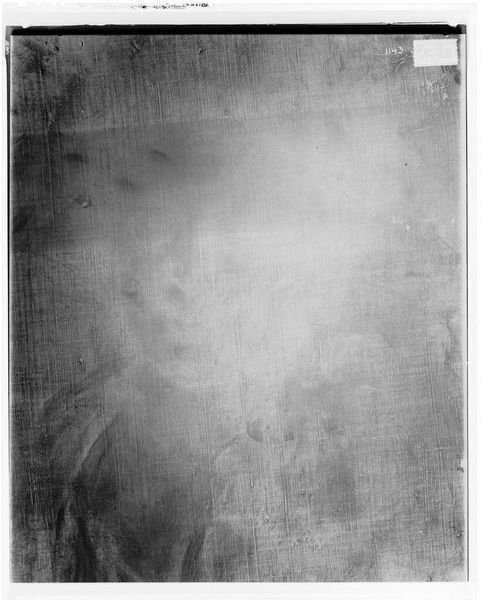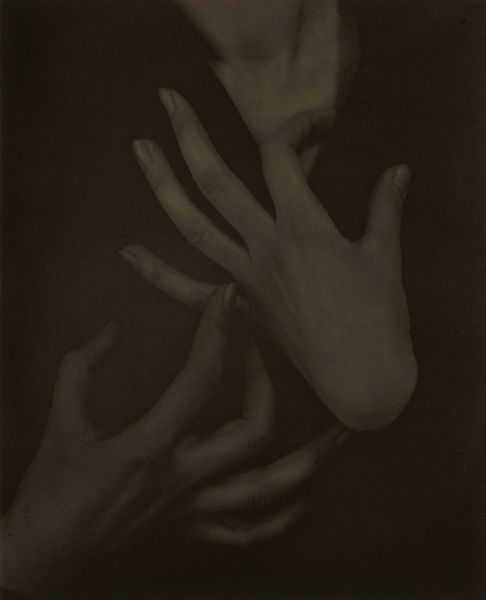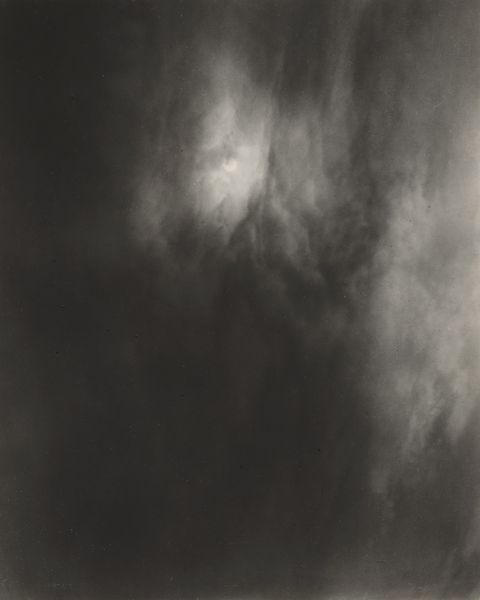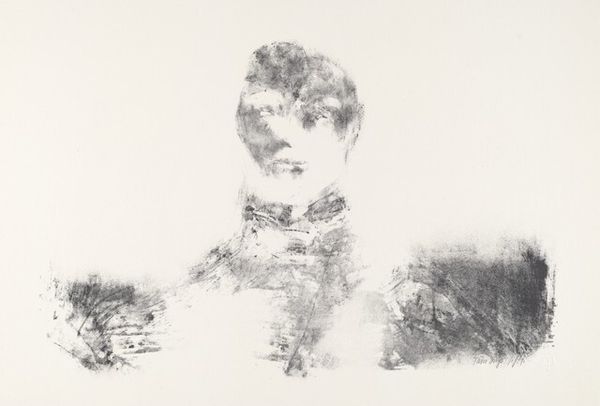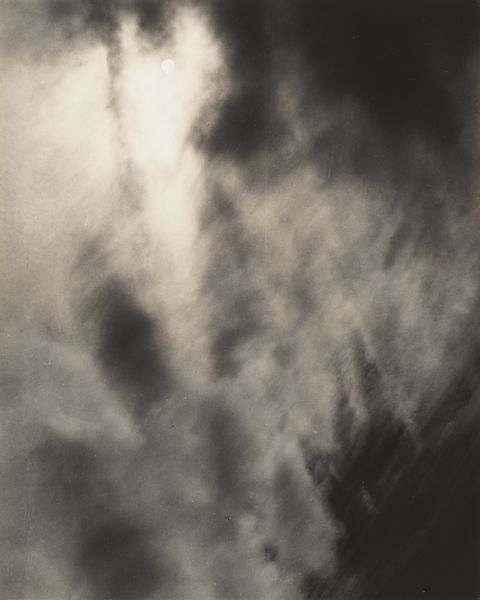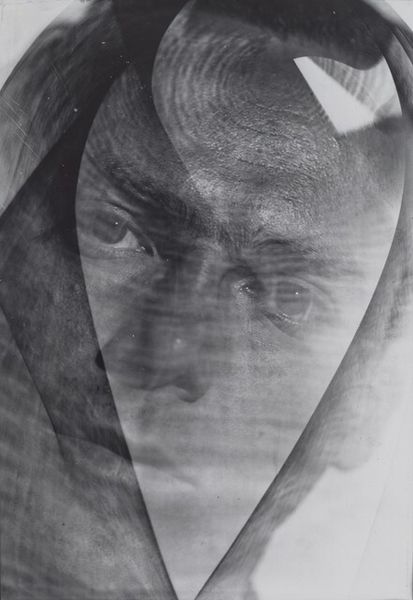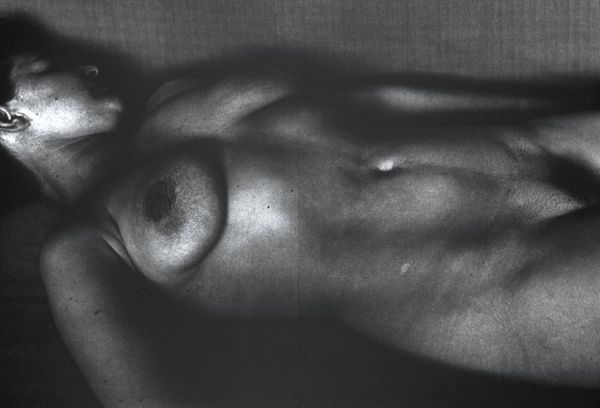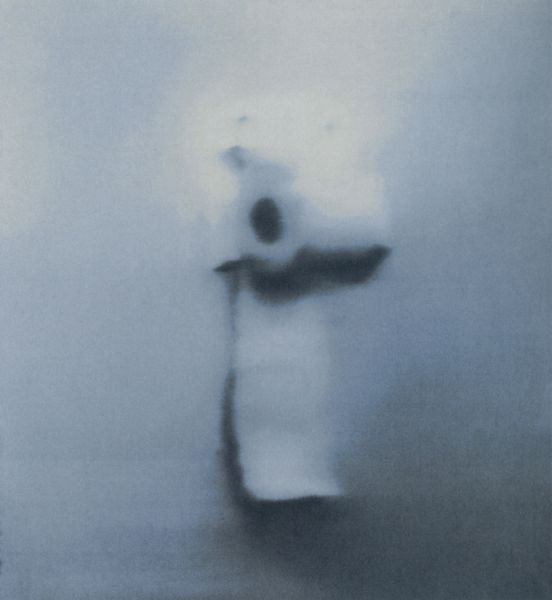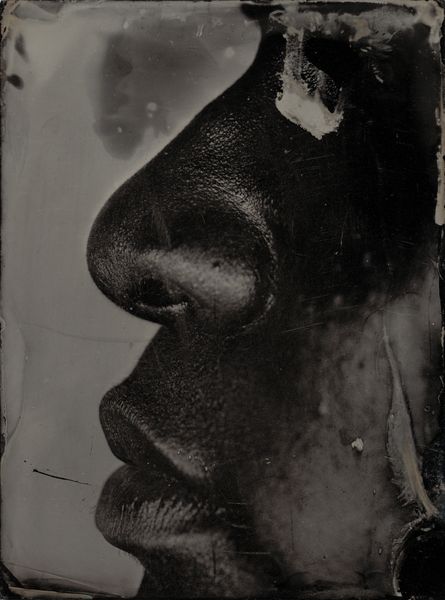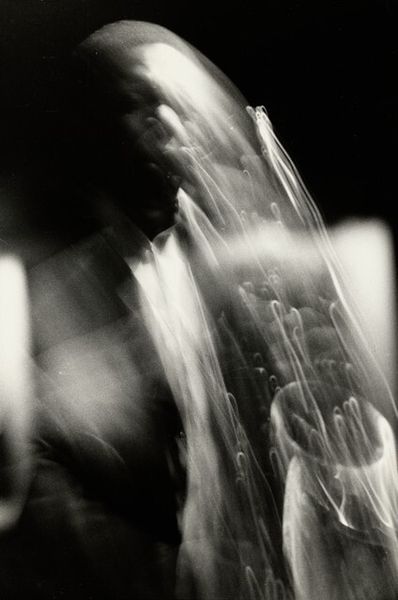
drawing, charcoal
#
portrait
#
drawing
#
self-portrait
#
portrait
#
charcoal drawing
#
charcoal art
#
male portrait
#
abstraction
#
portrait drawing
#
charcoal
#
charcoal
Dimensions: image: 38.1 x 47.8 cm (15 x 18 13/16 in.) sheet: 40.6 x 50.6 cm (16 x 19 15/16 in.)
Copyright: National Gallery of Art: CC0 1.0
Editor: This charcoal drawing is "Self-Portrait: Vertical elliptical motion, large" by Blythe Bohnen, created in 1974. It has an almost ghostly, blurred quality to it. What strikes you most when you look at it? Curator: I think Bohnen's interest in motion is really significant. The '70s were a time of huge shifts in how we thought about the body, performance art was really taking off and challenging conventions. Consider how female artists especially were reclaiming representation, moving away from passive nudes. Is Bohnen's use of blur a way of resisting the fixed gaze, challenging traditional portraiture? Editor: That’s interesting. So the ambiguity isn't a flaw, but a deliberate choice with social implications? Curator: Exactly! It forces us to question what we expect from a portrait. Whose gaze is shaping this image? Think about how portraiture historically served as a tool for the powerful. By destabilizing the image, is Bohnen democratizing it? We could think of this work in relation to feminist critiques of representation in art at the time. Editor: So the act of obscuring the image is almost an act of rebellion against traditional art hierarchies? Curator: Precisely. Consider too that Bohnen worked in a male-dominated field. The gesture toward abstraction here may also act as a screen, withholding information and control of her own image, if that makes sense. Editor: That makes perfect sense! I initially saw a blurred image, but now I recognize how powerful it can be to question and destabilize these established power structures and the history behind how women have been represented in portraiture. Thanks for pointing this out. Curator: It’s a privilege to look at art through another's eyes, too! The conversation helps me clarify the different ways artworks achieve an impact through representation.
Comments
No comments
Be the first to comment and join the conversation on the ultimate creative platform.

